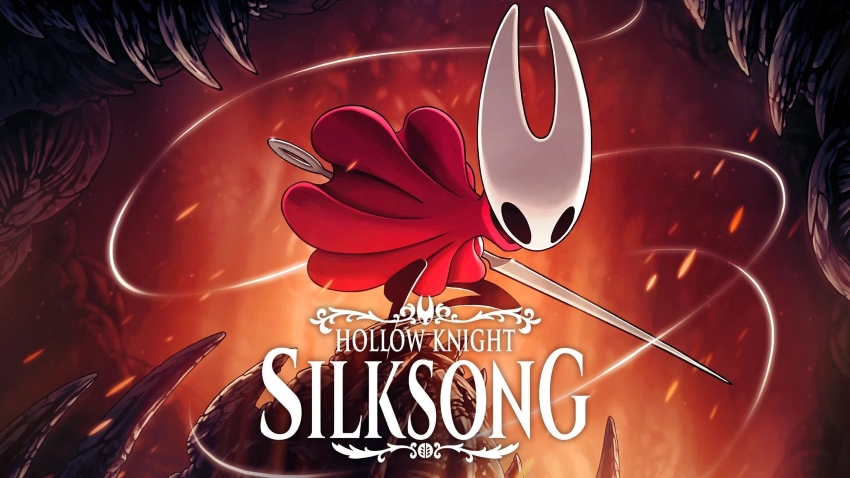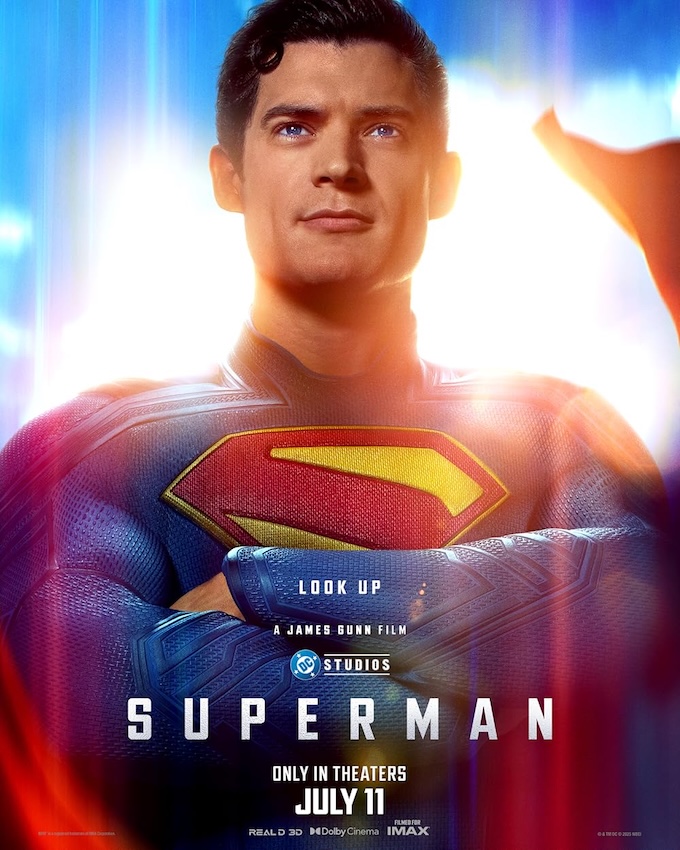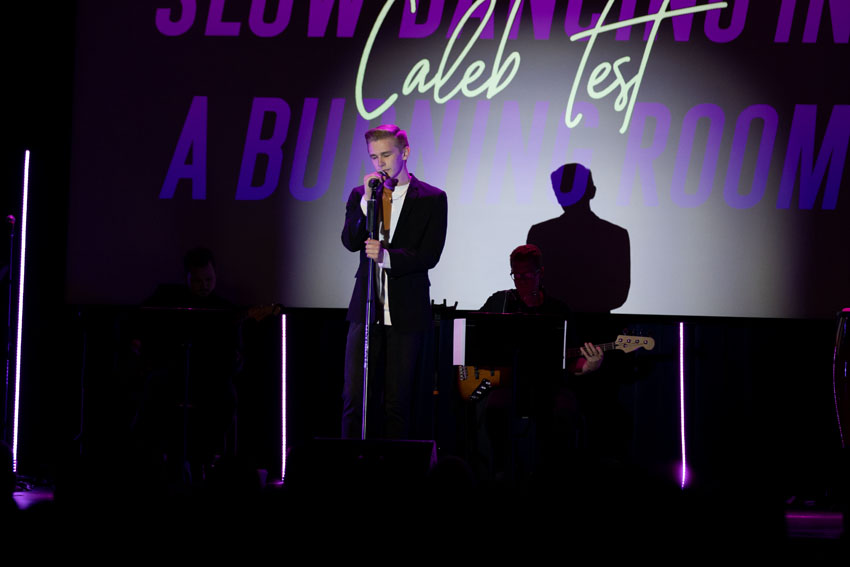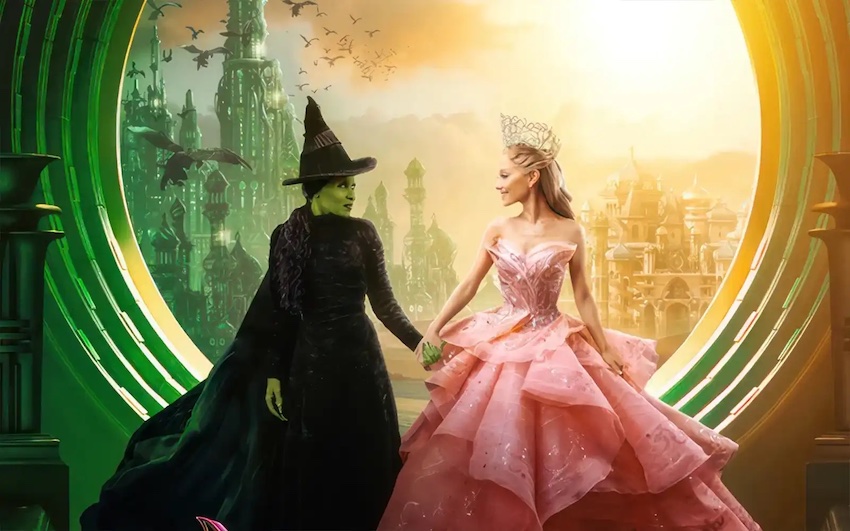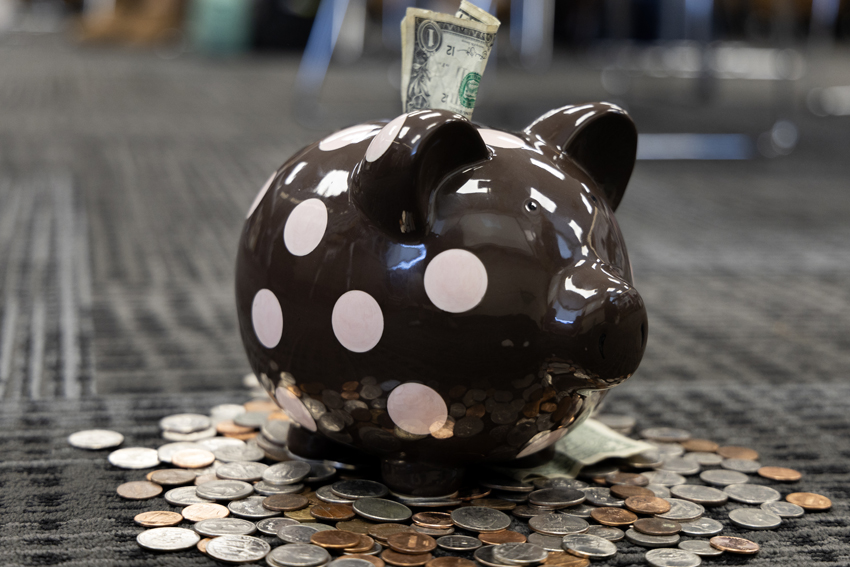With nearly 18 months of built-up anticipation and excitement, I entered the theater for the midnight release of Harry Potter and the Deathly Hallows: Part I.
Right from the start of the movie, I knew it was going to be significantly darker than the ones before it. While this added darkness may have deterred some viewers, for me it only added to the appeal, as it was appropriate for the sinister plot.
The overall plot of this movie addresses themes similar to those of Nazi Germany. Only, instead of racial prejudice, evil ruler Lord Voldemort (Ralph Fiennes) is attempting to purge the world of muggles, or non-magical folk.
The movie opens with the Minister of Magic giving an unconvincing speech about the situation with Lord Voldemort. The scene is dramatic and tense, setting the tone for the rest of the movie.
As if the first scene were not dramatic enough, the next one opens with Voldemort and his followers meeting around a table. Above the table levitates a woman who had associated with muggles. The end of this thrilling scene literally made me jump in my seat.
One of my favorite scenes of the movie and book is when Harry (Daniel Radcliffe) is moved from his guardians’ house to a safe house. In order to confuse Voldemort, six of Harry’s friends take a potion that transforms them into Harry’s likeness. I am not sure if it is the brilliance of the concept or the humor inserted into the scene, but I have always enjoyed this part immensely.
Because of the circumstances, the content of this movie is very different from the previous films. Rather than returning to Hogwarts to play quidditch and make mischief, Harry, Ron (Rupert Grint) and Hermione (Emma Watson) set out on a quest to destroy the remaining horcruxes — objects containing pieces of Voldemort’s soul.
The mood of this movie is much more tense, and rightfully so. As the movie progresses, it becomes more and more apparent that if Harry fails, the world as he knows it will end: Voldemort will essentially live forever and continue to murder muggle-born wizards and muggles.
The mature situations and themes in the movie are portrayed exceptionally well. This is partly due to good writing, but also to the actors. While all of the actors have improved throughout the series, Watson’s development has been the most recognizable.
Because the seventh book has been split into two films, the writers were able to keep closer to the original plot. For once, nothing that was significant in the books was left out. A few sentimental details, but no actual plot, was left behind.
However, while it was included, the wedding of Bill (Domhnall Gleeson) and Fleur (Clemence Poesy) was completely random. This was due to a lack of set-up in the previous movies.
For one, Bill has not been mentioned at all, and Fleur has not been mentioned since the fourth movie, when she competed in the Tri-Wizard Tournament. While I was glad they left the scene in, I really wish they would have set it up appropriately in the previous films.
Overall, though, I was very pleased with this movie. It is exciting, dramatic, well-acted and humorous — all of the things it should have been. The film far exceeded my expectations, and I cannot wait for the next and final film, which will be released in July of 2011.
I would recommend this movie to anyone who has an interest in fantasy. However, if you are sensitive to violent, dark and slightly disturbing images and themes, I would view this movie with caution. The 146-minute film is rated PG-13 for some sequences of intense action violence, frightening images and brief sensuality.
Harry Potter and the Deathly Hallows: Part I is now playing in most local theaters. For tickets and showtimes, visit Fandango.
For more movie reviews, read the Nov. 29 article, ‘Megamind’ delivers wit, superhero humor. For more coverage of the Harry Potter series, read the Dec. 1 column, Riddikulus with Elise & Sydney: The Christ figure.


